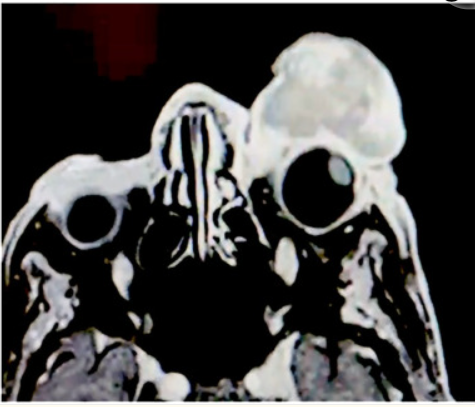
In a prospective clinical trial, Heba Magdy Ahmed El-Saied, MD, MSc, and colleagues from the Kasr Al Ainy Hospital and Cairo University evaluated and compared the safety and efficacy of three different cyclodestructive procedures used in glaucoma treatment. Published in International Ophthalmology, the study found that all treatments were successful, with similar outcomes between the three methods.
The thee cyclodestructive methods compared in the study were high-intensity focused ultrasound (HIFU) cyclocoagulation, micropulse cyclophotocoagulation (MP-CPC), and transscleral continuous-wave cyclophotocoagulation (CW-CPC). The researchers enrolled 30 patients with medically uncontrolled, non-refractory primary open-angle glaucoma (POAG) who had good vision, then randomized patients into three groups of 10 subjects. Each group received a single session of either HIFU, MP-CPC, or CW-CPC.
Researchers analyzed and compared IOP reduction, number of medications needed, visual acuity, complications, and success rate among the three test groups at six months after treatment. Success was defined as an IOP reduction of 30%, IOP between 6 and 21 mmHg with or without medications, and no occurrence of vision-threatening complications.
At six months post-procedure, outcomes were as follows: IOP was reduced by 31.5% for the CW-CPC group, by 23.9% for the MP-CPC group, and by 19.4% for the HIFU group (p = 0.4). Treatments resulted in success rates of 50%, 60%, and 50%, respectively (p = 0.8). Regarding medication usage, the authors also observed that the use of eyedrops was reduced and oral acetazolamide was stopped. Additionally, while the rate of complications was not statistically significantly different among the test groups, the CW-CPC group had more complications.
Studies that include a larger subject group and consider the effects of repeated treatments and/or patients with refractory glaucoma or who are already undergoing treatment may be required to further compare these three methods of cyclodestruction.
Given that the outcomes for each of the three procedures were relatively similar, with similar success rates, the authors suggested that cyclodestructive treatments for non-refractory glaucoma appear safe and effective for patients, without compromising their current visual acuity.







 © 2025 Mashup Media, LLC, a Formedics Property. All Rights Reserved.
© 2025 Mashup Media, LLC, a Formedics Property. All Rights Reserved.